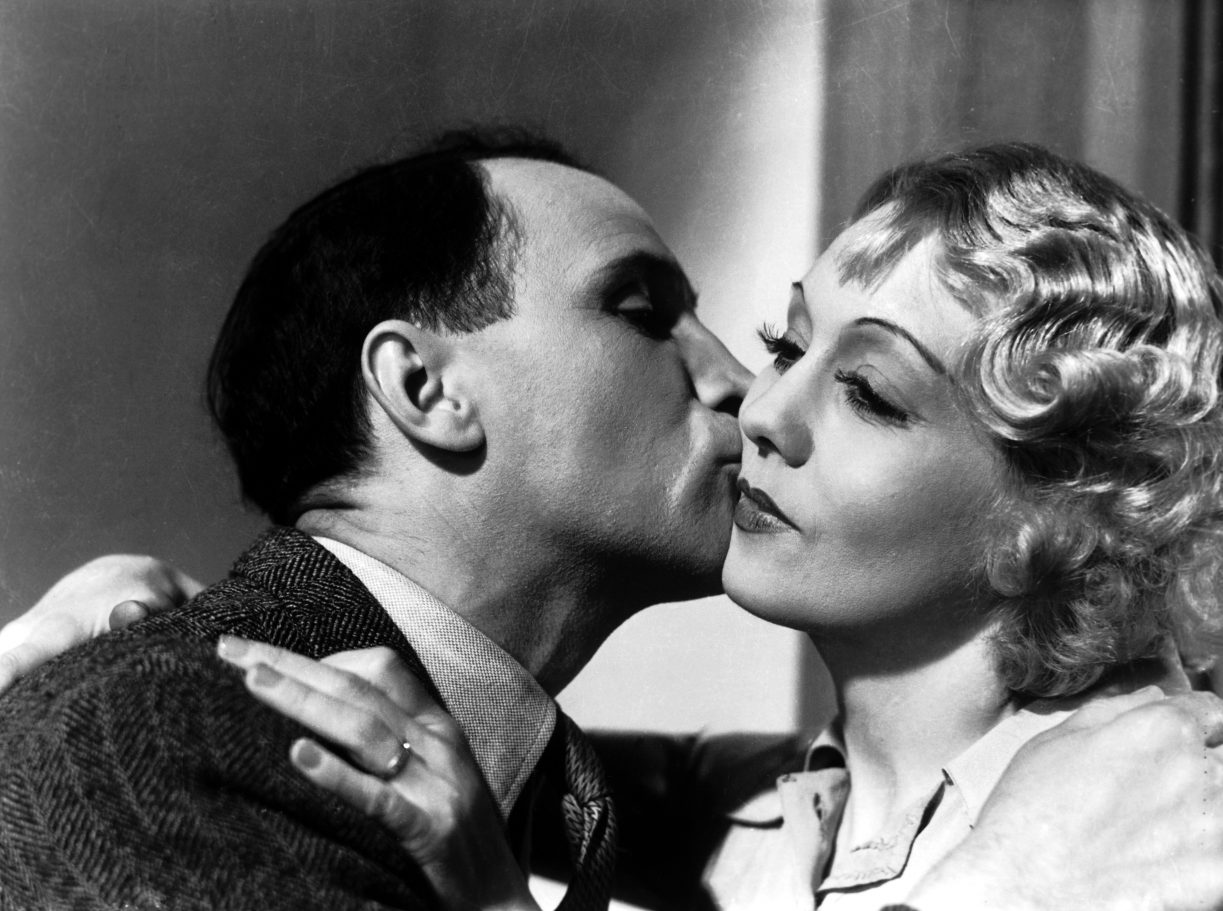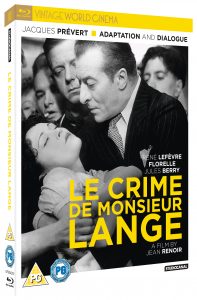
 Dir.: Jean Renoir; Cast: Rene Lefevre, Florelle, Jules Berry, Nadia Sibirskaia; France 1936, 80 min.
Dir.: Jean Renoir; Cast: Rene Lefevre, Florelle, Jules Berry, Nadia Sibirskaia; France 1936, 80 min.
Jean Renoir’s The Crime of Monsieur Lange is often seen as a political film, supporting the Front Populaire – Renoir working with the Left Bank agit-prop theatre Premiere Groupe Octobre, but it goes much further: criticising misogyny and the unjust laws regarding abortion. One of his most successful dramas it is humane and entertaining, scripted by Jacques Prevert (Les enfants du Paradise), the film was also notable for its innovative techniques in depth of field photography.
Amadée Lange (Lefèvre) is a day-dreamer, unlike his scheming boss Paul Batala (Berry) who runs a publishing house exploiting its women workers. Strangely, or not so, Lange’s Western comic-strip hero Arizona Jim is the total opposite of his creator: always trying to defend the poor against the rich. Batala even uses Lange’s stories to prop up the small ads. But when the womanising Batala starts to run up debts with his creditors, he asks Estelle (Sibirskaia) to sleep with one of them to keep him at bay. All in vain: Batala has to make a run for it, escaping on a train, which later crashes. He goes into hiding disguised in the clergyman robes of one of his fellow travellers. Meanwhile Lange and his lover Valentine (Florelle, star of Moulin Rogue) witness a reversal of fortune: Arizona Jim and his creator have become a success, and all the employees of the company share the profits. But, alas Batala soon re-appears, wanting to re-instate himself.
The Crime is told in flashback: Lange and Florelle are on the run at the Belgian boarder when she asks the “court” in a local relais to decide if her lover was really guilty when he shot the returning Batala in the courtyard where the action unfolds. This roving scene is a masterpiece shot by DoP Jean Bachelet in the style of the handheld cameras that would follow in the future “eyeing the life layered all around it with persuasive urban density”.
The drama also showcases Renoir’s controlled spontaneity, a breezing sublimity where a character can jump suddenly into the frame, thus changing the narrative. Berry makes for a terrific pantomime villain, showing real flashes of evil. Florelle lures the hesitant Lefevre with her in a superb turn. Even though La Regle du Jeu and La vie est à nous, were much more admired, Le Crime is the most spirited of the trio. AS
NOW OUT ON BLURAY COURTESY OF STUDIOCANAL